L’humus represents the non-living organic substance present in agricultural land. Its name derives from the Latin and means Earth, soiland in fact humus is often understood as a synonym of very fertile soil.
Its structure is made up of various components at different stages of transformation. It can be composed of leaves, branches, roots still clearly distinguishable and not completely degraded. Or it can be formed by complex molecules deriving from the decomposition of organic matter or synthesized by terrestrial organisms such as earthworms.
But in healthy soil, its formation occurs autonomously, and its presence is the best index of soil fertility.
In this article we see what the two basic forms of humus present in the soil and how they behave to release nutrients to plants.
Nutritive humus
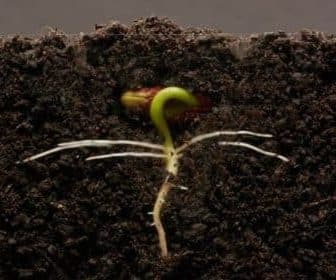 In composition of the agricultural land there are bioreducers, or microorganisms made up of bacteria and fungi. The nutritive humus is the set of substances that are readily decomposable and mineralizable by bio-reducers.
In composition of the agricultural land there are bioreducers, or microorganisms made up of bacteria and fungi. The nutritive humus is the set of substances that are readily decomposable and mineralizable by bio-reducers.
Among these we can consider: all crop residues rich in nitrogen, the roots of plants with little lignification, added organic fertilizers (manure, compost, earthworm humus), the residues of a green manure and the same remains of the bio-reducers.
L’nutritional humus is an important source of nutrients for plants and soil organisms (earthworms, insects, etc.). For this reason it is advisable to control and manage the humic heritage of the soil, so as to guarantee its fertility and vitality.
In particular, in order to cultivate healthy and luxuriant plants, it is necessary to keep the quantity of nutritional humus present in the soil constant and at optimal levels. This occurs with the distribution of organic fertilizers or through the practice of green manuring (interlayer crop to be buried in the soil).
A virtuous circle, therefore, which must be nurtured to obtain excellent results in organic farming.
Stable humus
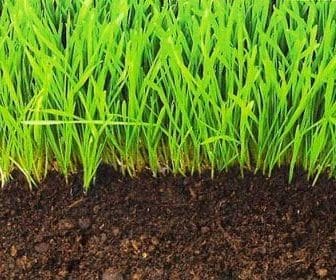 L’stable humus it is an organic complex with colloidal properties. It derives from the transformation of organic residues by the micro and macro-organisms of the soil and participates in the concreting of the smallest mineral fraction (clay, minerals, silt).
L’stable humus it is an organic complex with colloidal properties. It derives from the transformation of organic residues by the micro and macro-organisms of the soil and participates in the concreting of the smallest mineral fraction (clay, minerals, silt).
Unlike nutritive humus, stable humus undergoes mineralization processes very slowly. It should therefore be considered as a lasting reserve of nutritional principles.
Stable humus makes up most of the organic matter present in the soil.
It is mostly concentrated in the superficial layers, to which it gives the typical reddish-brown color of a healthy soil.
Its presence is therefore essential to consider a soil as fertile.
The reasons are as follows:
- has a colloidal nature. It is therefore able to absorb water and nutrients, and then transfer them to the roots of the plants;
- it has a decisive influence on soil structuring processes. In fact, it determines structures that are more or less stable and sensitive to disintegration factors (water, foot traffic, mechanical processingetc.);
- thanks to its dark color, it absorbs solar radiation and facilitates the natural heating of the soil;
- it is the most consistent nitrogen reserve in the soil
Land denomination
The humus content of a soil it is very variable and largely influenced by climatic, chemical and agronomic factors. These can be for example, the temperature, the pHthe nitrogen content and oxygen, the processing.
The cultivated lands, and which therefore undergo repeated processing, are generally poorer in humus. For this reason, the innovative techniques of organic and conservative agriculture limit the tillage of the land to what is strictly necessary.
The use of the plow, a cornerstone of modern agriculture, is restricted. This is because it is the worst tool for maintaining the humus present in the superficial layers of the soil and therefore the fertility of the same. This is the main reason why, in organic fruit growing, the technique ofgrassing to the continuous processing.
In nature, the richest humus soils are those managed with permanent grass and pasture. But also soils located in humid and cold environments, where mineral decomposition is scarce (mountain forests) are rich in it.
Finally, let’s see in the following table how a soil can be defined based on its humus content.


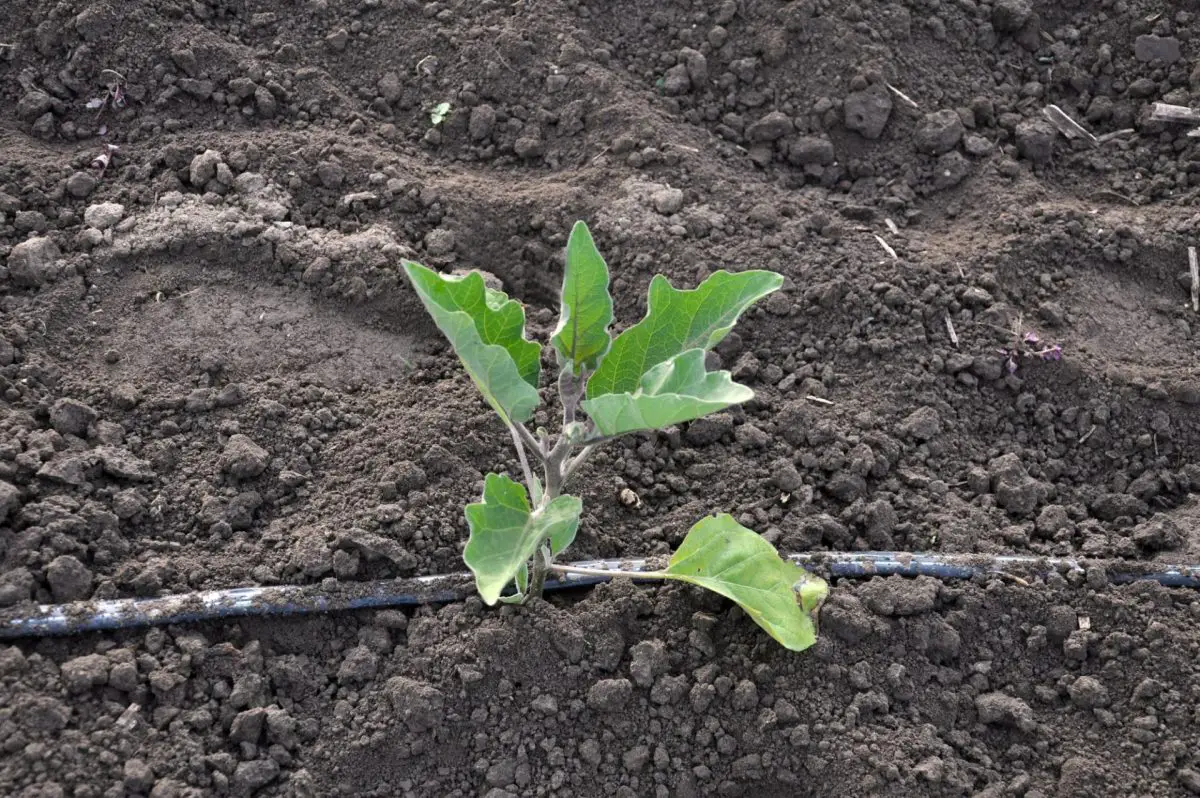
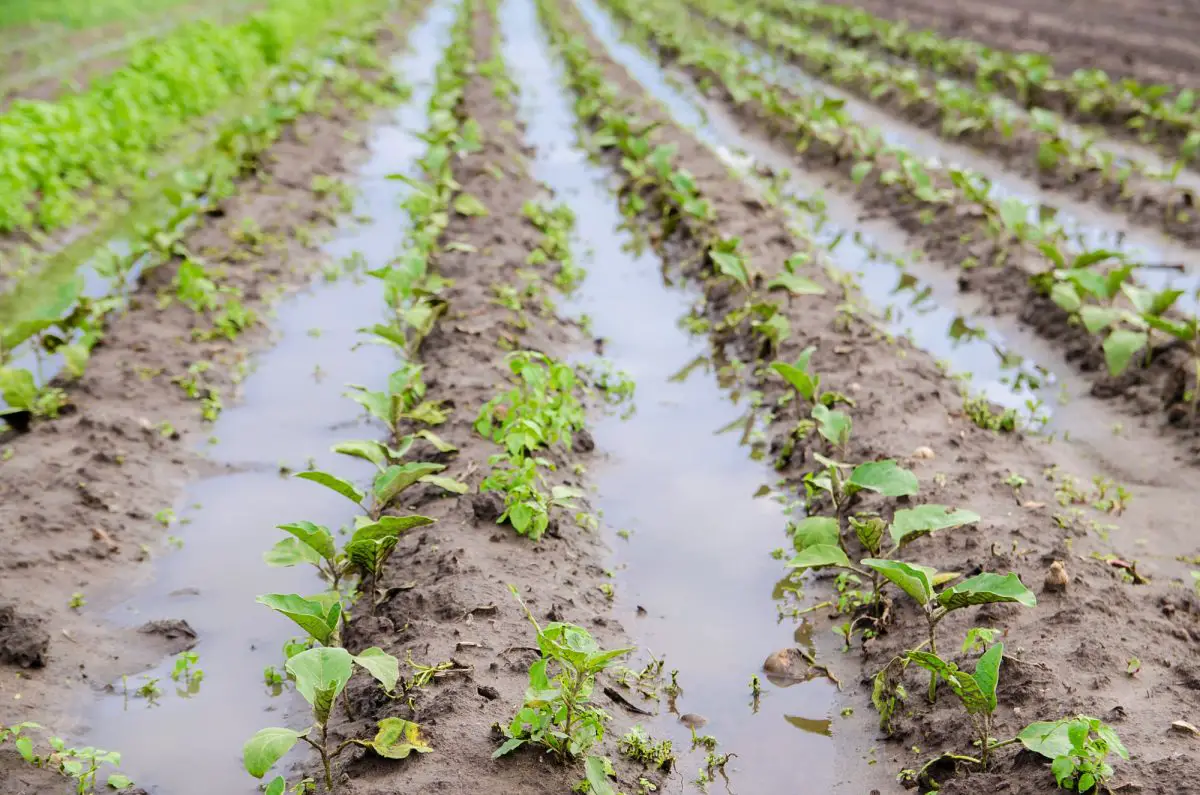
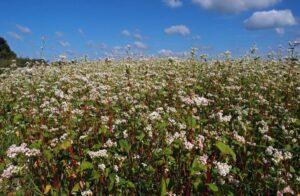

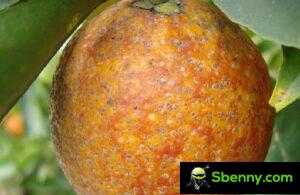
Start a new Thread